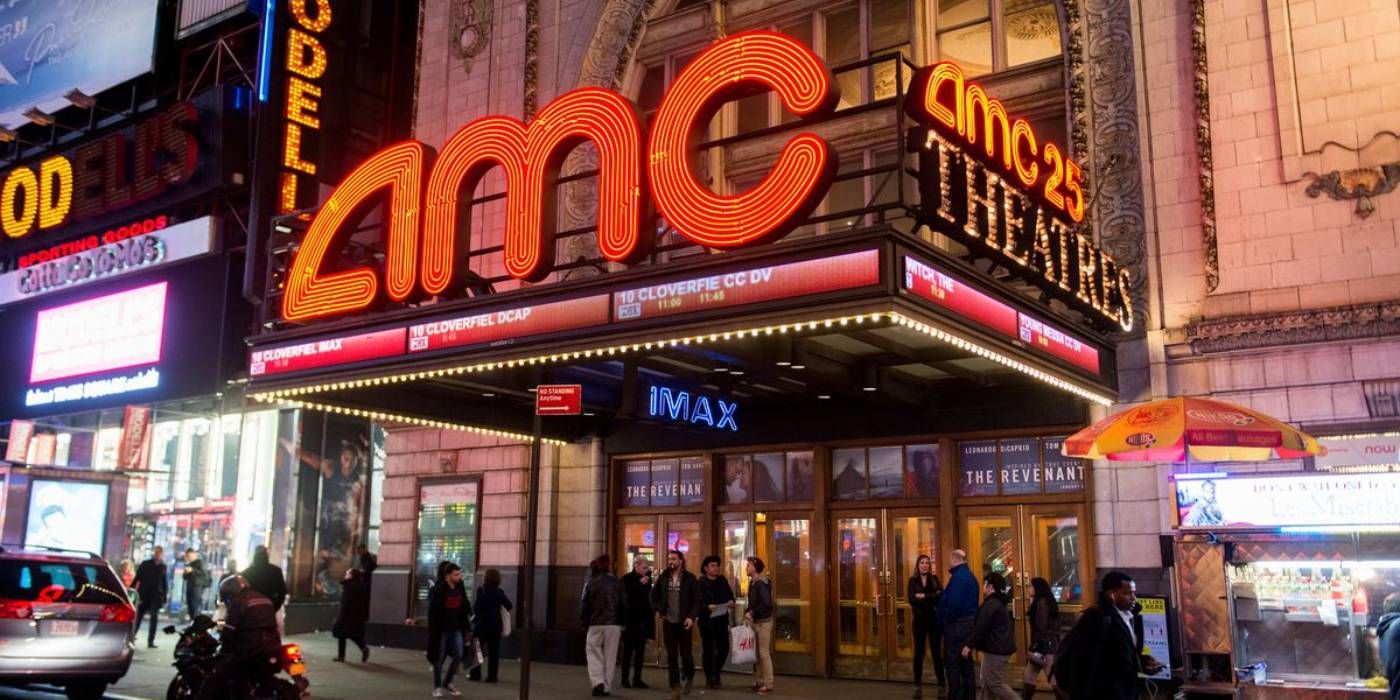Top Gun: Maverick's big box office opening weekend reveals a major box office demographic that's been underserved by the growth of Marvel and other superhero movies in recent years. With a domestic opening weekend of nearly $125 million, the Top Gun sequel starring Tom Cruise isn't just Cruise's biggest opening of his career, but also marks the post-pandemic return of a major segment of the moviegoing audiences.
Before the pandemic, domestic ticket sales had been on a steady decline for several decades as more and more people opted to stay home and watch streaming movies and TV, but thanks to increases in ticket prices, total box office revenue still steadily rose over the same period until theaters shut down in 2020 in response to the coronavirus pandemic. According to the Motion Picture Association's yearly Theatrical and Home Entertainment Market Environment reports, 2020 and 2021 saw drops in theatrical attendance across the board, but the most drastic reduction in theater audiences came from the 25-39 and 40-49 age groups. While audiences have started to return for some big hits, Top Gun: Maverick's box office comes from a demographic that has been slower to go back to theaters.
According to Variety, 55 percent of Top Gun: Maverick's opening weekend box office came from moviegoers who are 35-years-old and older. It's not clear how those ages skew between adults in their 30s, 40s, or over 50, either way, it's a statistic worth noting due to the significance of older moviegoers to the overall health of the theatrical industry and a potential sign of continued post-pandemic recovery of the box office.
Older Adults Are Historically a Major Box Office Demographic
When it comes to the box office, the biggest earners like the regular billion-dollar earning Marvel films or other big IP driven blockbusters tend to get all the focus, but in 2019's record-setting global box office of $42.5 billion, 52 percent of that revenue came from movies grossing less than $300 million and 34 percent of box office revenue came from movies grossing less than $100 million. Interestingly, the majority of the revenue of those movies has been historically driven by audiences in older age groups.
Back in 2017, the AARP released a report revealing nearly 31 percent of the moviegoing audience was comprised of people aged 50-years-old and older. The report also revealed the 50+ demographic shared a disproportionate role in driving ticket sales s for a number of genres, including 75 percent of art-house films, 56 percent of Christian films, 54 percent of independent films, and 49 percent of mature thrillers, despite only comprising a third of cinema visits.
Top Gun Maverick's Older Adult Audience is a Big Sign of Pandemic Recovery
There's been a number of big box office hits since theaters opened back up, but those hits were mostly the product of ticket sales to 17-35-year-old males, while women over 35 and everyone over 45 have been more reluctant to return. Top Gun: Maverick seeing such a big percentage of ticket sales coming from the 35 and over audience is a big sign of recovery for the theatrical industry. It's doubtful the box office will see returns anywhere near the record-setting 2019 levels, at least not in the near future, but it is clear older audiences are essential to a diverse and functioning box office.
Other than the fact that it's a sequel, Top Gun: Maverick also falls outside the makeup of the typical modern blockbuster. It's certainly a good thing movies like Spider-Man: No Way Home and Doctor Strange in the Multiverse of Madness to see the success they've had, but a proper box office recovery should see more audience diversity and bigger success for smaller movies. With the box office success movies like Top Gun: Maverick and Everything Everywhere All at Once that fall outside the typical MCU-style blockbuster and pull in demographics outside of 17-35-year-old males, things are looking up.
The Theatrical Focus on Marvel & Superhero Blockbusters Hurts Older Audience Attendance
There are a number of factors influencing the reduction in attendance of older age groups over the years, including theater conditions and cell phone use, but the overall theatrical landscape also plays a major role. While blockbusters, particularly superhero movies, have seen a major rise in average earnings, the genres historically driven by the 50+ crowd have seen a far smaller slice of the box office pie.
The movie categories highlighted in the previously mentioned AARP report all saw significant over-representation of older theatergoers considering they only make up 31 percent of the moviegoing audience, yet the age group only represents 27 percent of tentpole audiences, which is still a significant amount, but unlike other categories, their box office contribution was less than their overall market share. According to a survey performed by Morning Consult in 2018, the majority of adults over age 30 are at least "getting a little tired of so many" superhero movies, and less than half of older respondents say they enjoy superhero movies and plan to continue to seeing them in theaters, a view held by 50 percent of adults age 30-44, 49 percent of adults age 45-54, 33 percent of adults ages 55-64, and 19 percent of adults aged 65 and older.
The ever-growing slate of superhero movies could continue posting bigger and bigger box office hauls, but unless it's accompanied by growth in attendance of the kind of movies typically attended by the 50+ crowd, then box office revenue doesn't represent growth so much as cannibalization as the theatrical market consolidates under the banner of billion-dollar blockbusters. Hopefully, the success of Top Gun: Maverick inspires studios to green light more movies hitting a broader range of demographics and helps return financial security to the theatrical industry.




